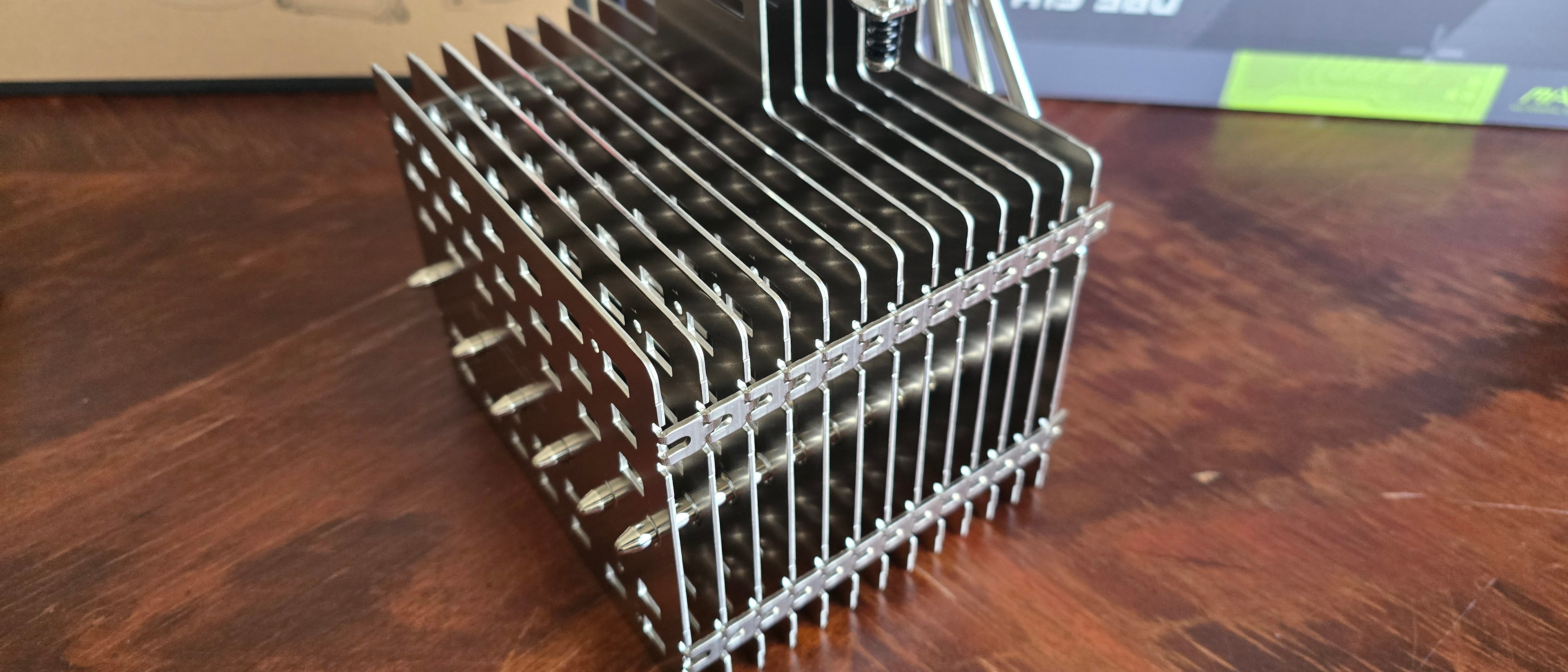Tom's Hardware Verdict
Noctua’s NH-P1 stands apart from the competition, offering a fanless solution that provides strong cooling performance. For users who aren’t looking to win overclocking competitions and prefer absolute silence, you won’t find a better solution.
Pros
- +
Completely silent
- +
One of the only coolers available without fans
- +
Strong thermal performance for this form factor
- +
Can be upgraded with a fan if you prefer
- +
Can be mounted vertically or horizontally on Intel systems
Cons
- -
Can only be mounted one direction on AMD systems
- -
GPU compatibility issues on AMD systems
Why you can trust Tom's Hardware
Noctua is well known amongst PC enthusiasts. While its products generally carry a premium price tag, the quality of the manufacturing and customer service support is generally considered to be the gold standard of the industry. Noctua does have plans to enter the liquid cooling market, but they’re best known for manufacturing and production of traditional air coolers, thermal pastes, and fans.
This review covers a product that is anything but traditional, and is quite niche: a fanless CPU cooler.This won't win any overclocking competitions, but if you want silent performance
Users interested in fanless cooling solutions aren’t usually looking for the strongest possible performance – they want the quietest running PC possible. There aren’t many easily obtainable solutions for lovers of fanless cooling, and at the moment Noctua’s NH-P1 offers the strongest performance in this niche market - at least that I am aware of.
(It's possible that Cooler Master’s Cooling X provides better thermal performance – but that’s a solution only available with the purchase of an expensive pre-built PC costing thousands of dollars!)
Noctua’s NH-P1 is one of the of the best CPU coolers on the market, if only for lack of competition. While most of our cooling reviews feature results from only two CPUs, today’s review features results from four: AMD’s Ryzen 9 9950X3D and Ryzen 7 7700X, and Intel’s Core i9-13900K and Core i7-14700K. As this is a rather unique product, we’ll be looking at the NH-P1 a little differently than our typical process.
To start, let’s take a quick look at the manufacturing specifications, compatibility, and features of Noctua’s fanless air cooler and then we’ll take a look at how surprisingly well it performs.
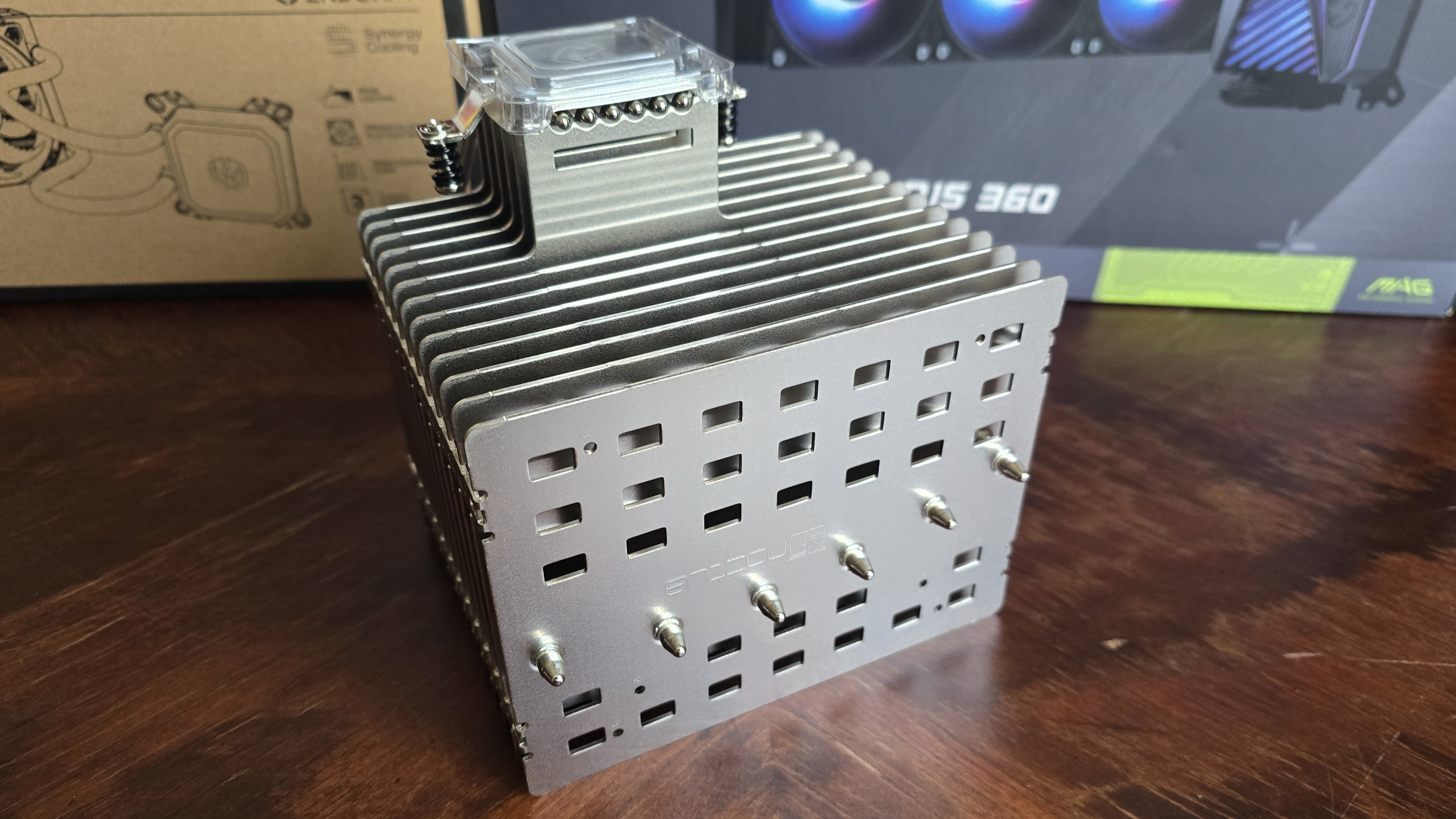
Cooler specifications
Cooler | Noctua NH-P1 |
Colors | Aluminum |
MSRP | $119.95 |
Heatsink Material | Copper and Aluminum |
Lighting | None |
Warranty | 6 years |
Socket Compatibility | Intel Socket LGA 1851/1700/1200/115x AMD AM5 / AM4 |
Unit Dimensions (including fans) | 152 (D) x 154 (W) x 158mm (H) |
Maximum TDP (Our Testing) | Capable of handling ECO mode with Ryzen 7 7700X and PL1 with Intel’s i9-13900K! Benchmark performance provided a score of 37,000 in Cinebench R23 using AMD’s Ryzen 9 9950X3D |
Packing and included contents
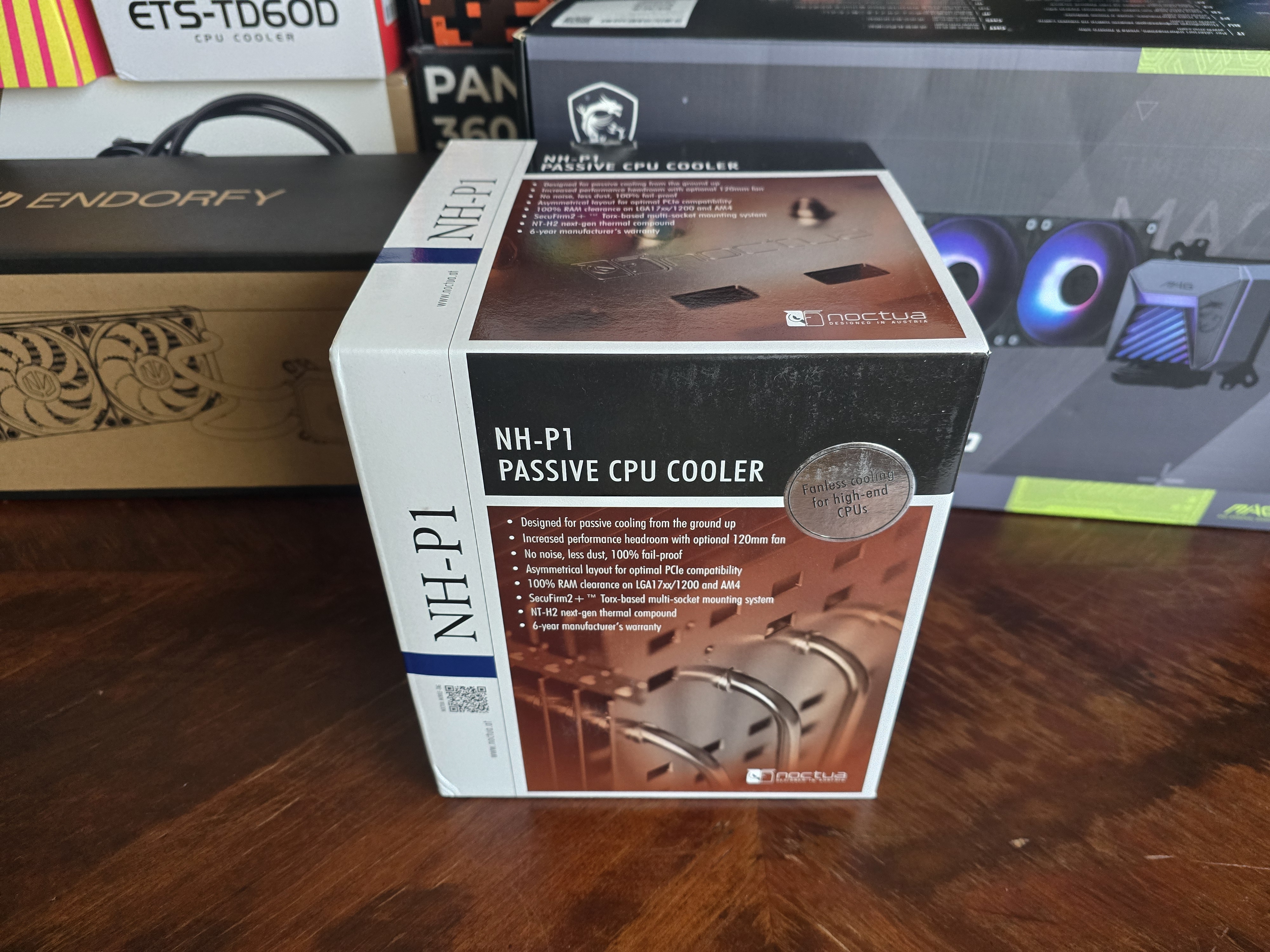
The packaging for the cooler features a close-up of the product in a brown-tinted photo, and advertises its features. Opening the box reveals a smaller box containing the mounting accessories and thermal paste, with the cooler packaged underneath.
Get Tom's Hardware's best news and in-depth reviews, straight to your inbox.

Included in the box are the following:
- Massive fanless heatsink
- Mounting for AMD and Intel platforms
- Torx T20 Screwdriver
- Thermal Paste and cleaning wipes
- Noctua Badge
- Fan clips
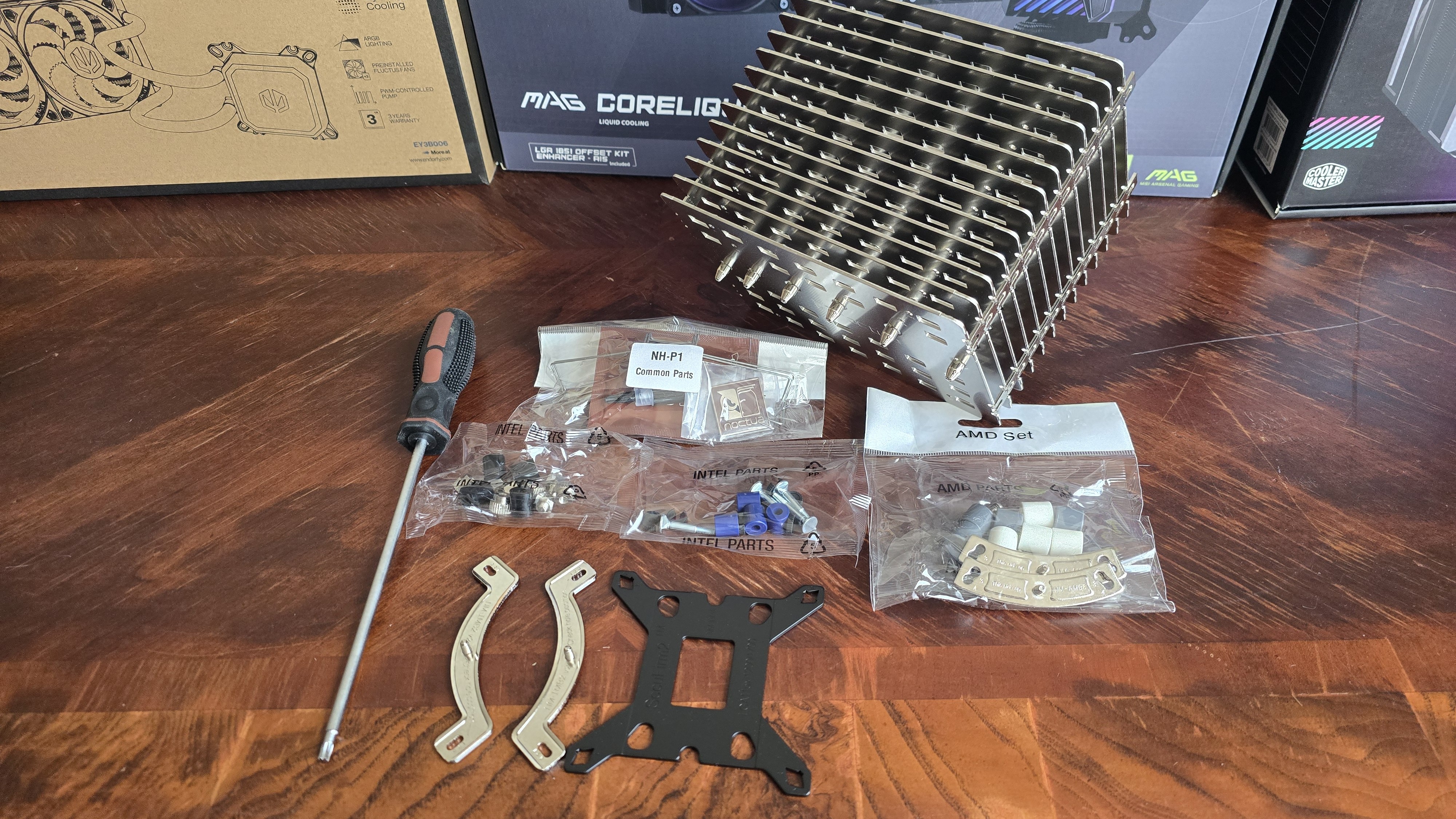
Features of Noctua’s NH-P1
▶️ Heatsink design
The NH-P1 is essentially just a big chunk of metal. Like traditional air coolers, it utilizes six copper heatpipes to transfer heat from the CPU block to the fins of the cooler.
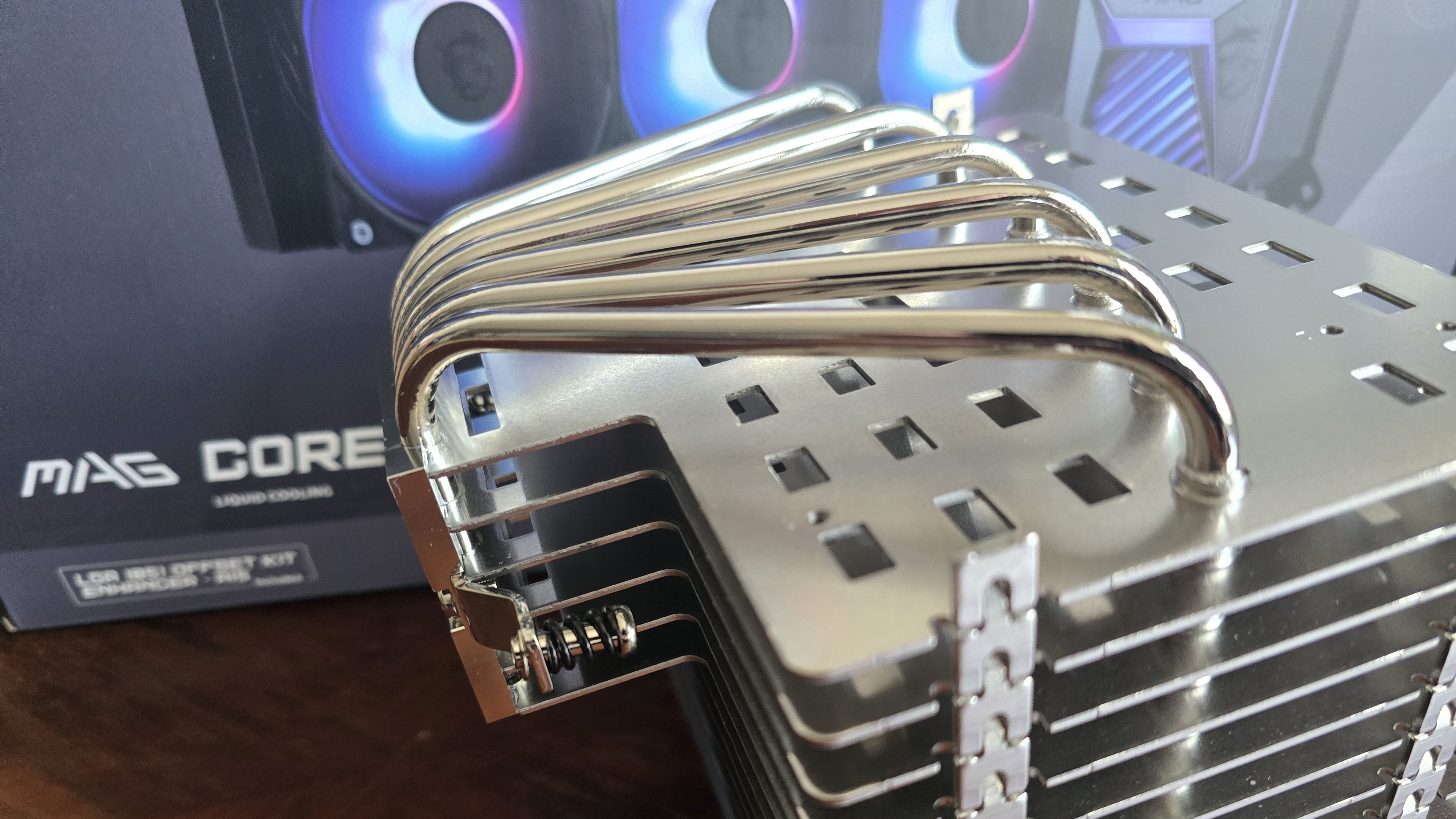
While typical air coolers use a large number of thin fins, the NH-P1 is a little different. It incorporates large, thick metal plates instead of traditional fins.
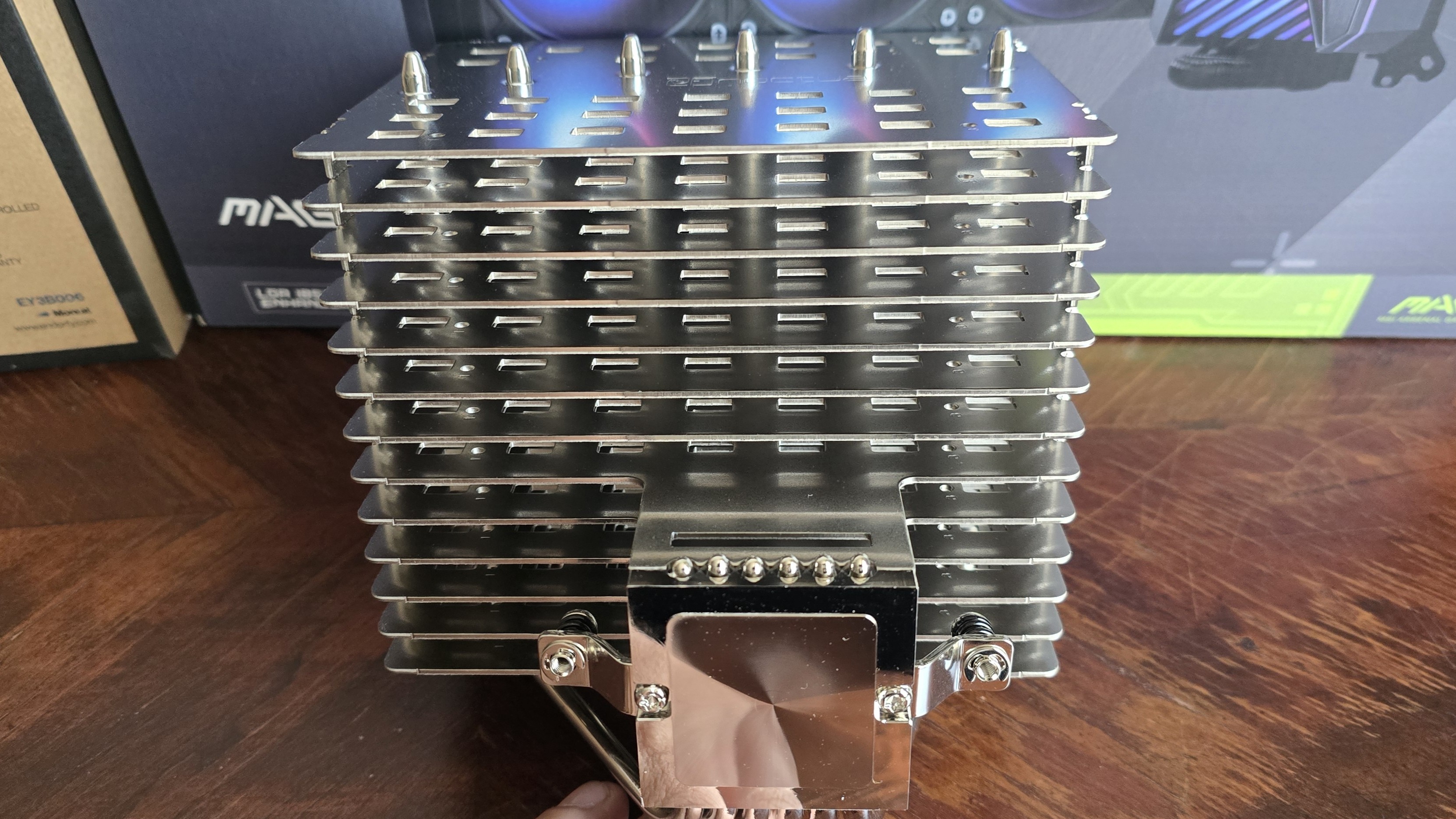
There are holes cut into each plate to help facilitate airflow.
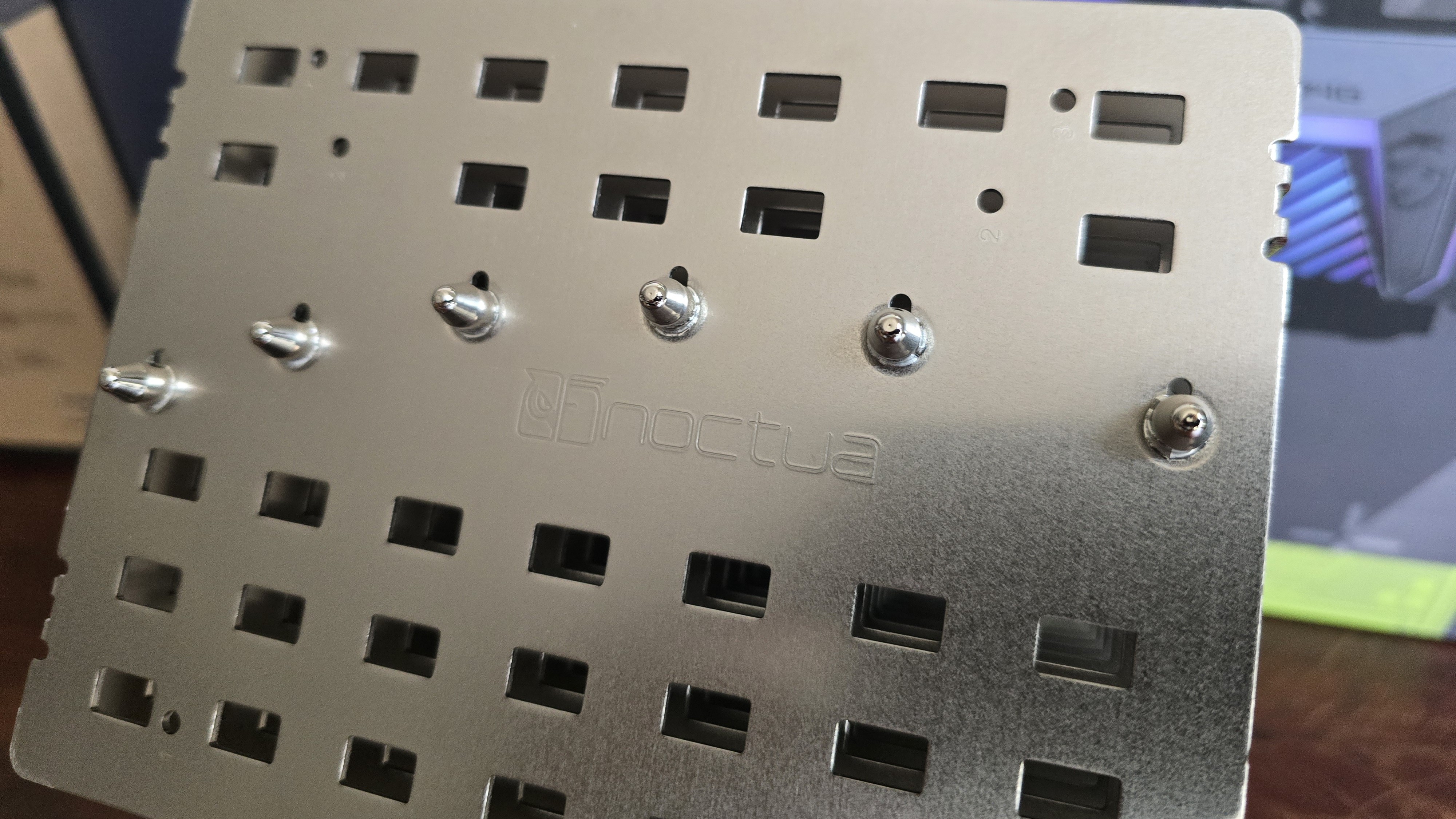
You might also notice the smaller holes in the photo above with a label etched next to them of “1”, “2”, or “3”. This is where the fan clips can be attached. You can mount a fan on all but one side of the product, should you choose to add a fan for additional cooling power.
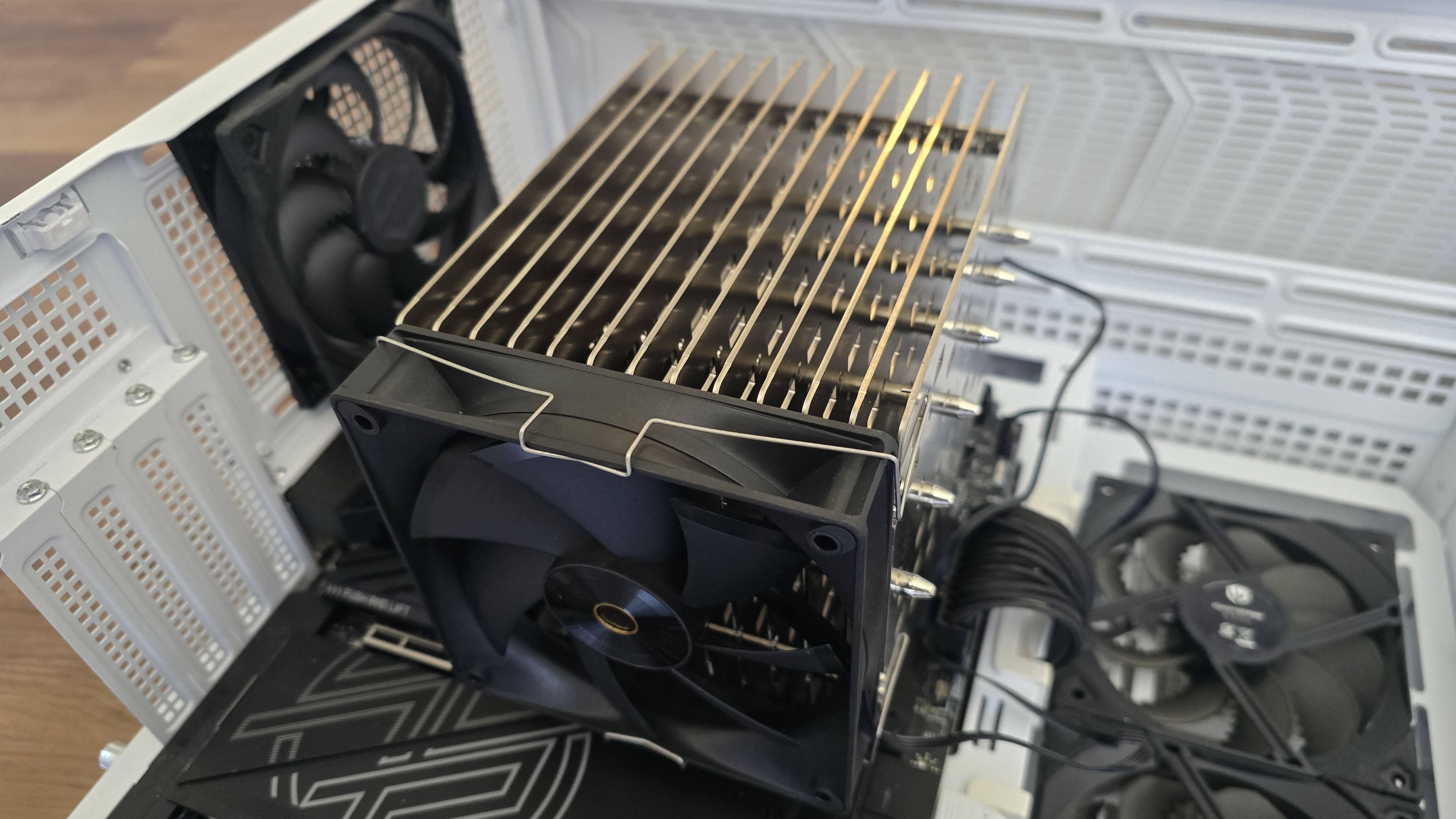
▶️ NT-H2 thermal paste and cleaning wipes
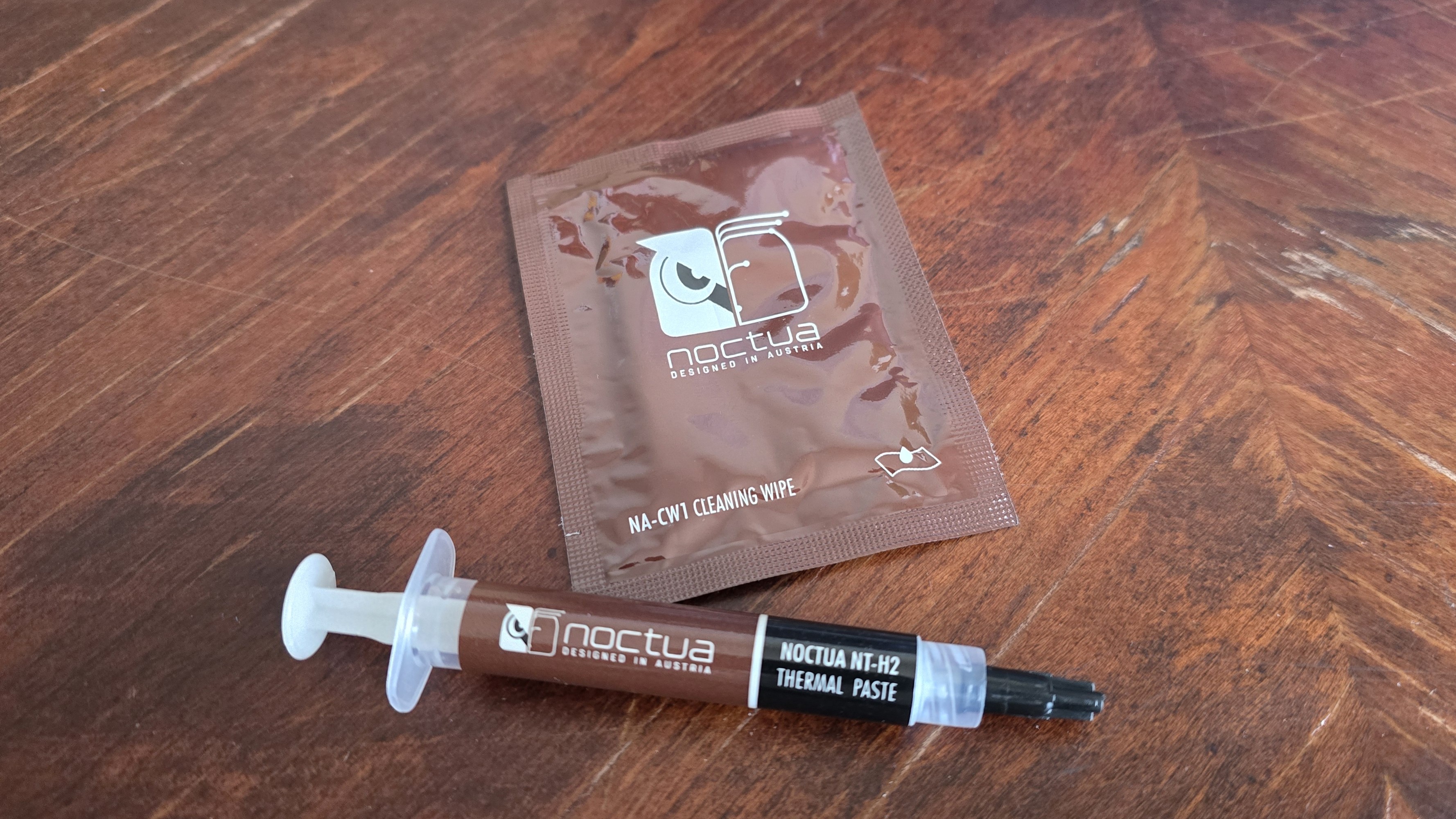
The NH-P1 comes with both a small tube of Noctua’s NT-H2 thermal paste, as well as cleaning wipes for users who might have thermal paste on their CPU.
▶️ Fan clips
Some people interested in the NH-P1 may want to augment the cooler’s capacity with a fan. It includes a set of fan clips for those who want to do this.
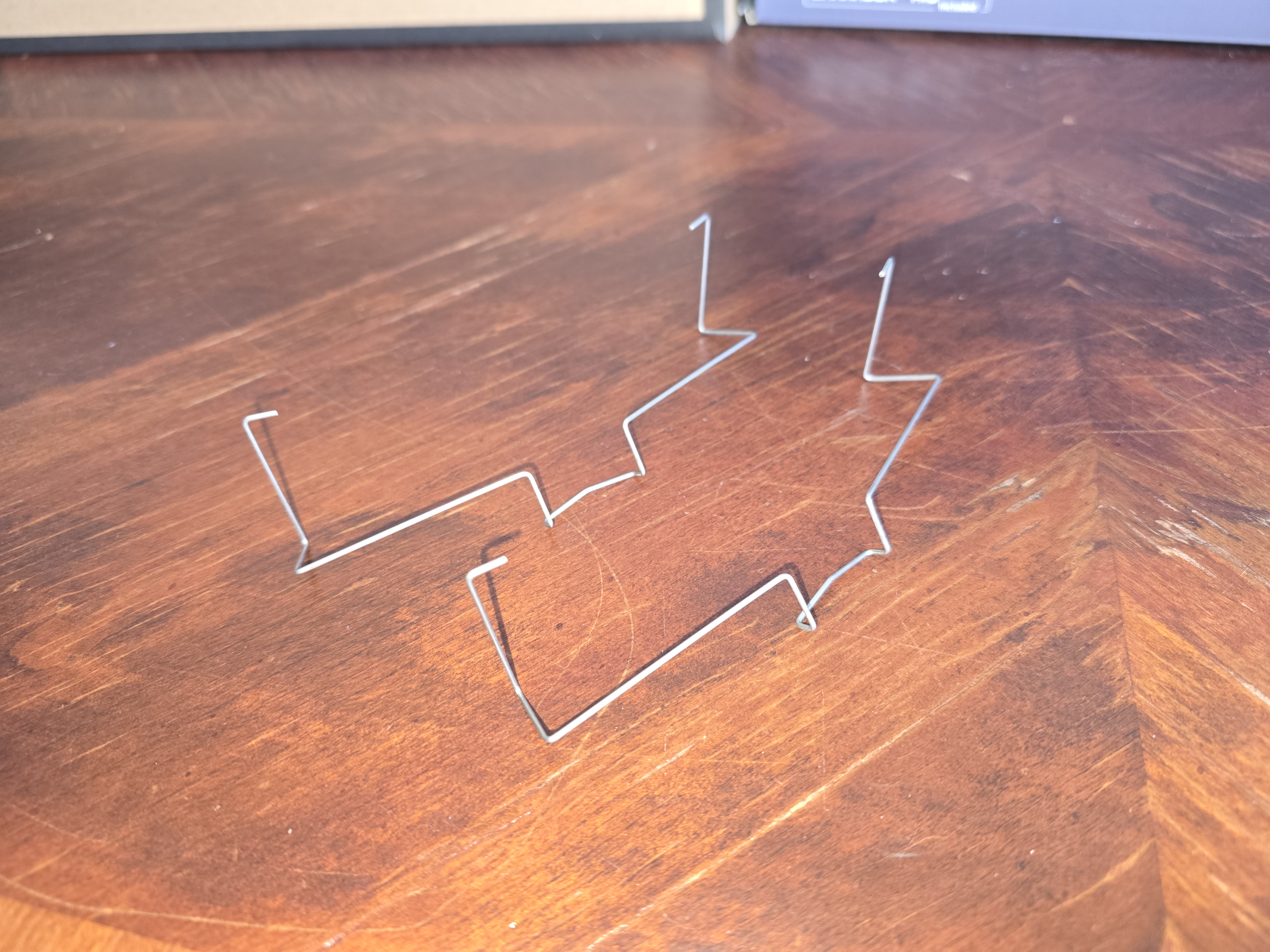
▶️ Noctua badge
Many of Noctua’s customers are enthusiasts, and for them a metal Noctua badge has been included with the product.
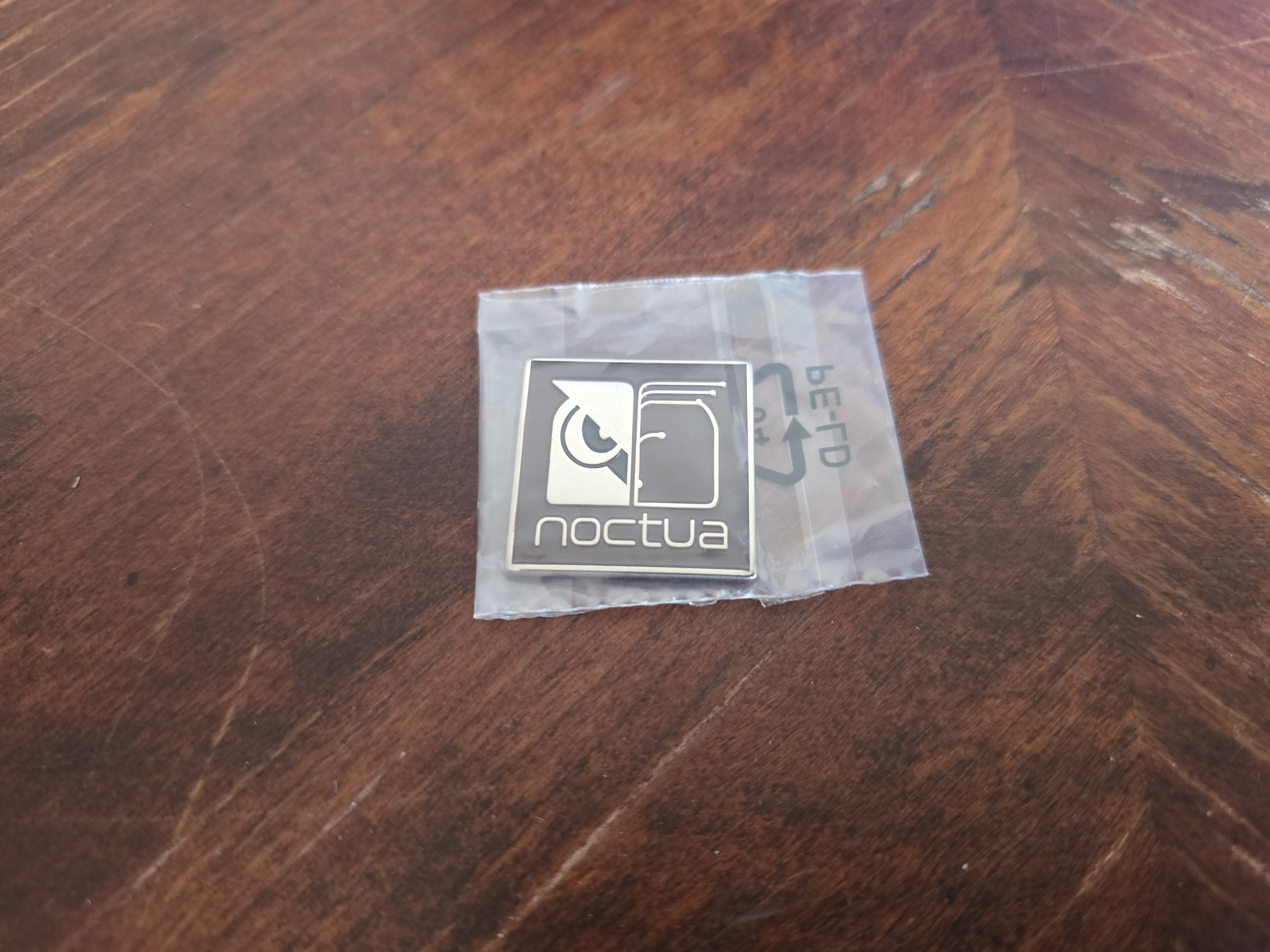
▶️ RAM Compatibility
"Noctua advertises “100% RAM Compatibility,” and that's technically true. As you can see in the picture below, most DDR5 should fit well. However the tallest DDR4 modules might not fit underneath if installed in the orientation shown. In those situations, Noctua recommends rotating the cooler 180 degrees to ensure full compatibility. So make sure you check clearances before installing the cooler."
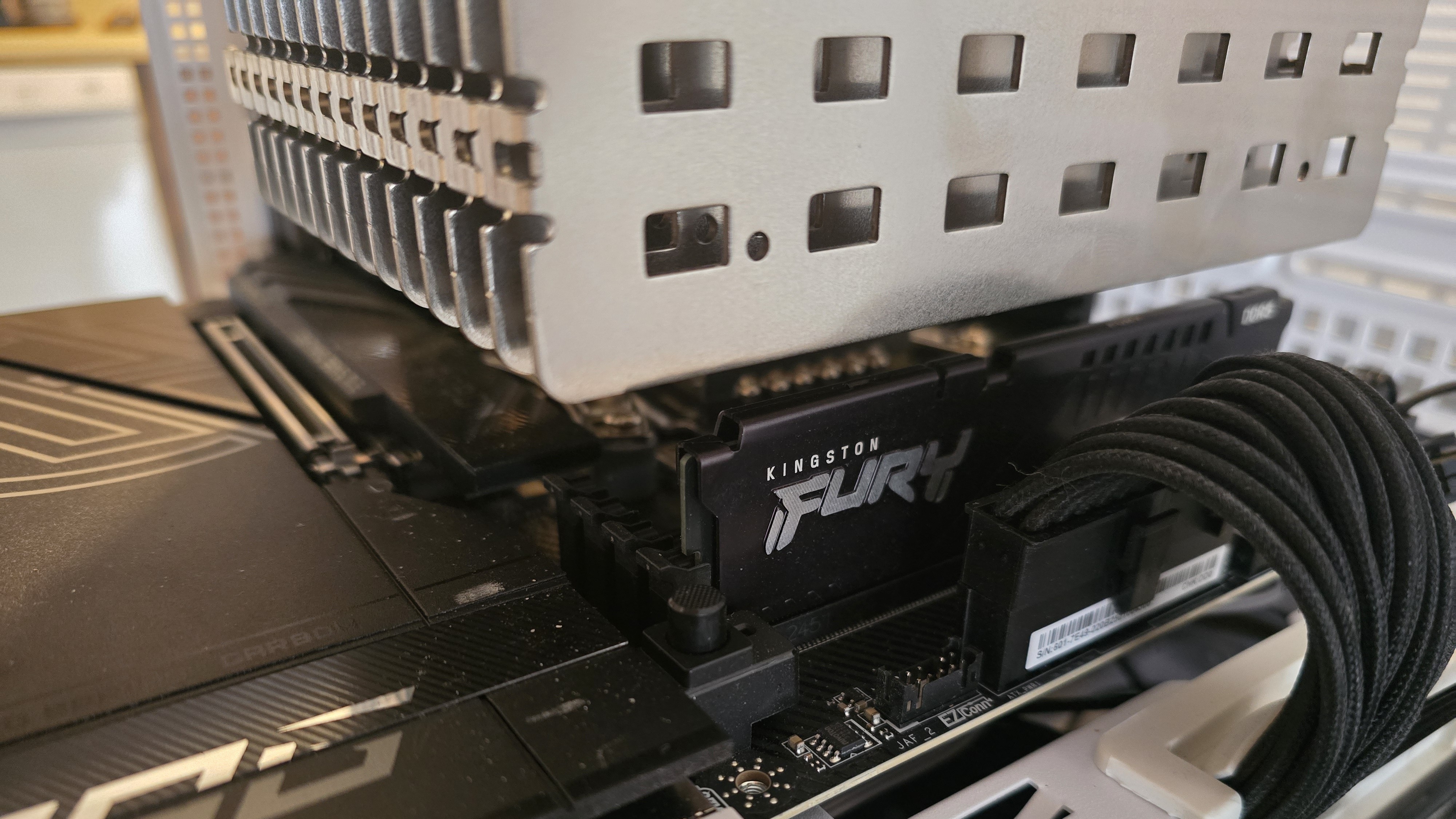
▶️ Torx T20 Screwdriver
For reasons that don’t make sense to me, Noctua did not include traditional Phillips screws for the mounting of this hardware. However, it did include a Torx T20 screwdriver necessary to install the product properly.
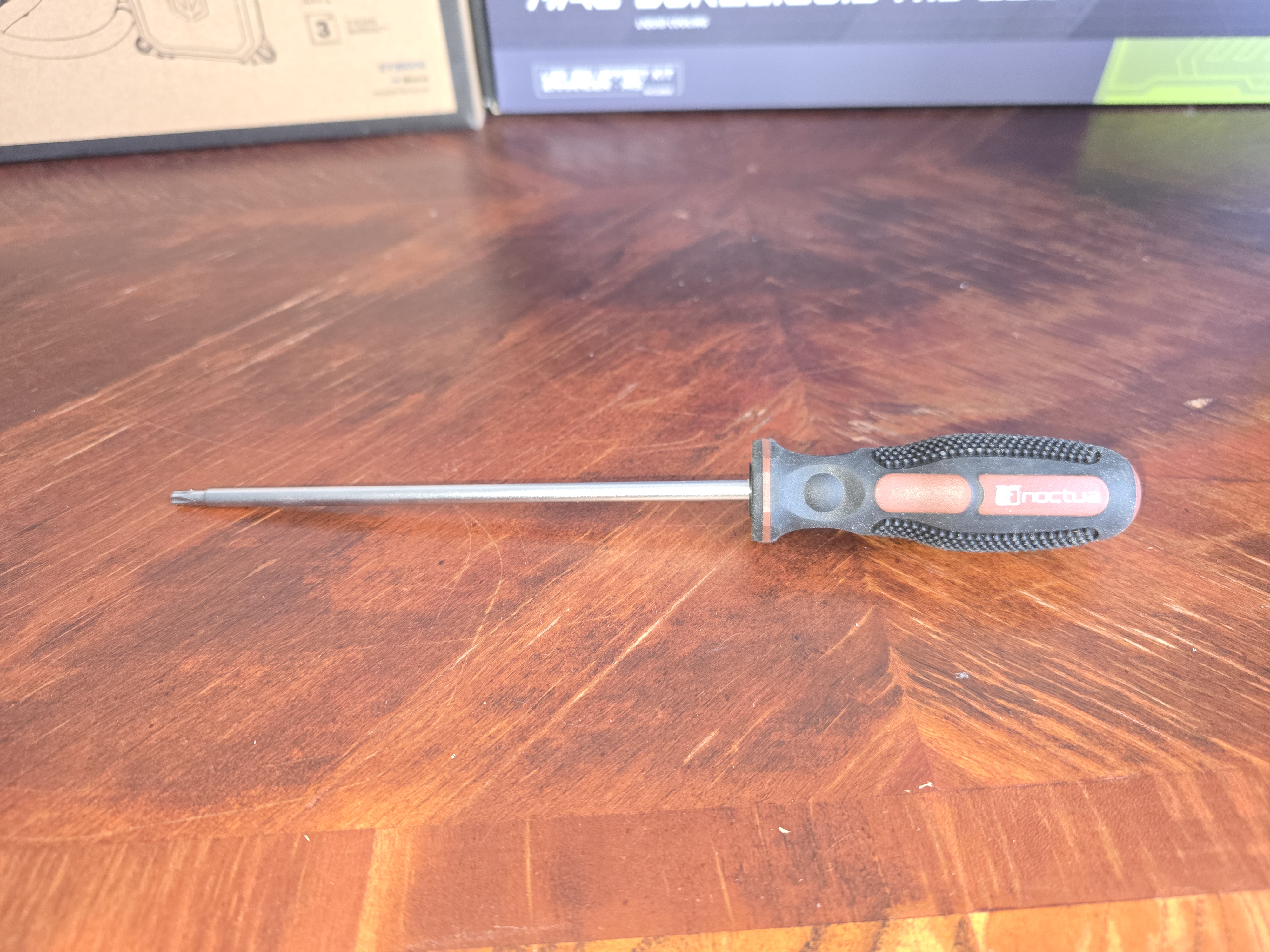
AM5 and 1851 installation
The installation of this cooler is simple for both Intel and AMD CPUs.
1. You’ll first need to apply the included backplate if you’re using an Intel CPU. AMD users will remove the default mounting mechanism.
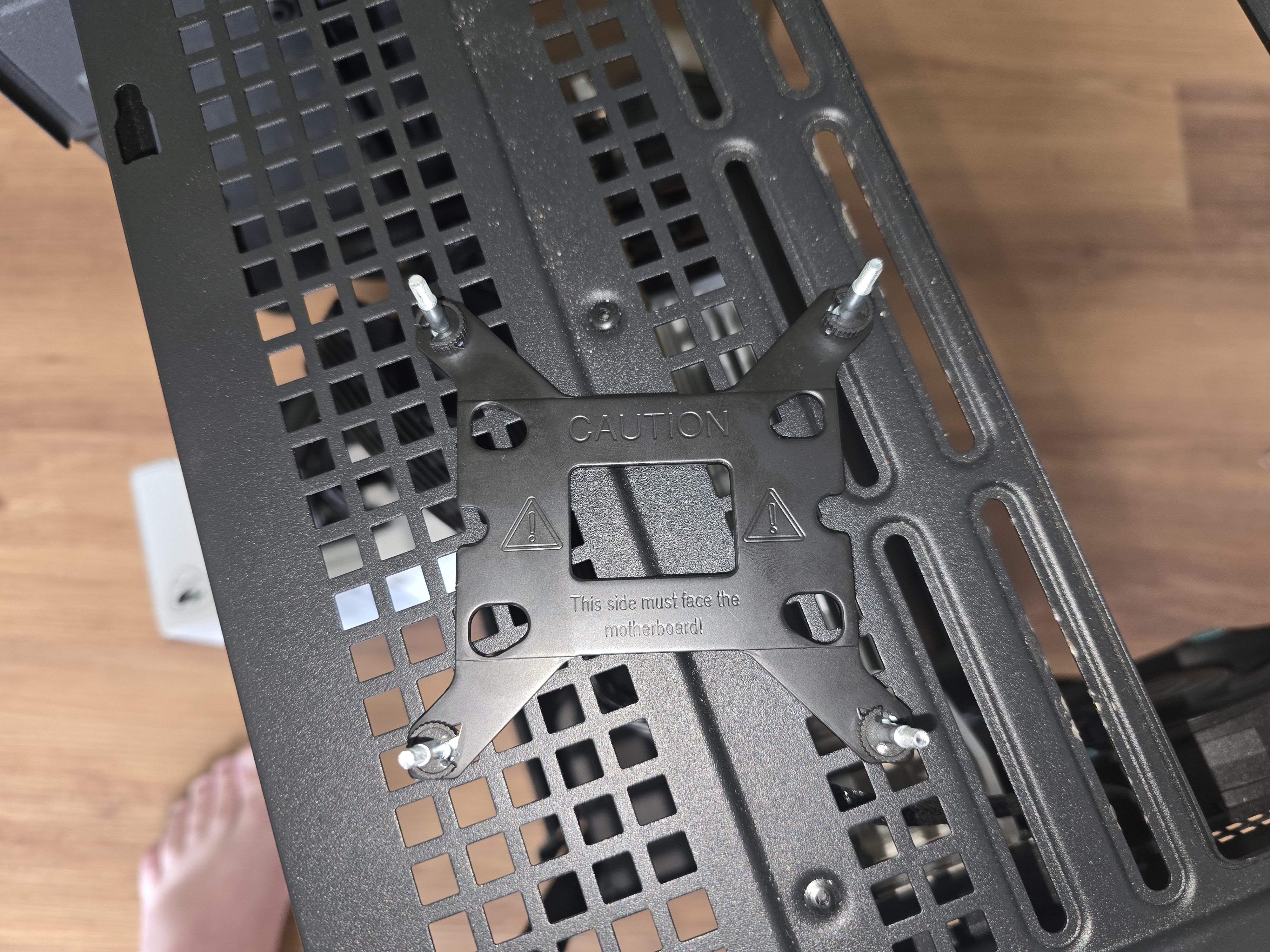
2. Next you’ll need to install the standoffs against the mounting holes, and then place and secure the mounting bars. AMD users will only be able to install the mounting bars in a horizontal orientation, Intel users have the option of installing them in either horizontal or vertical orientation.
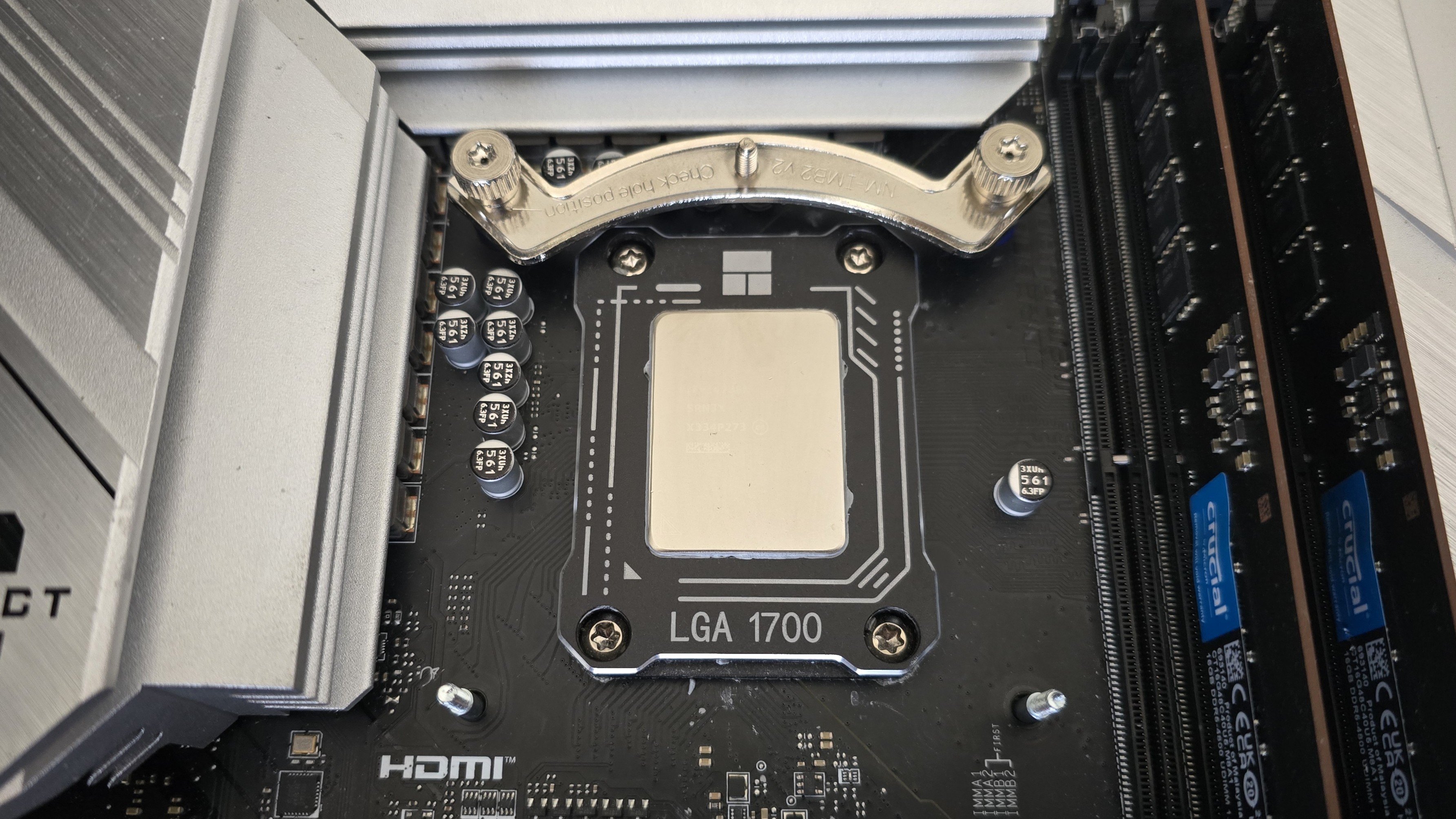
3. Apply thermal paste to the CPU, and then place the heatsink on top of the mounting bars – securing the heatsink using the included screwdriver.
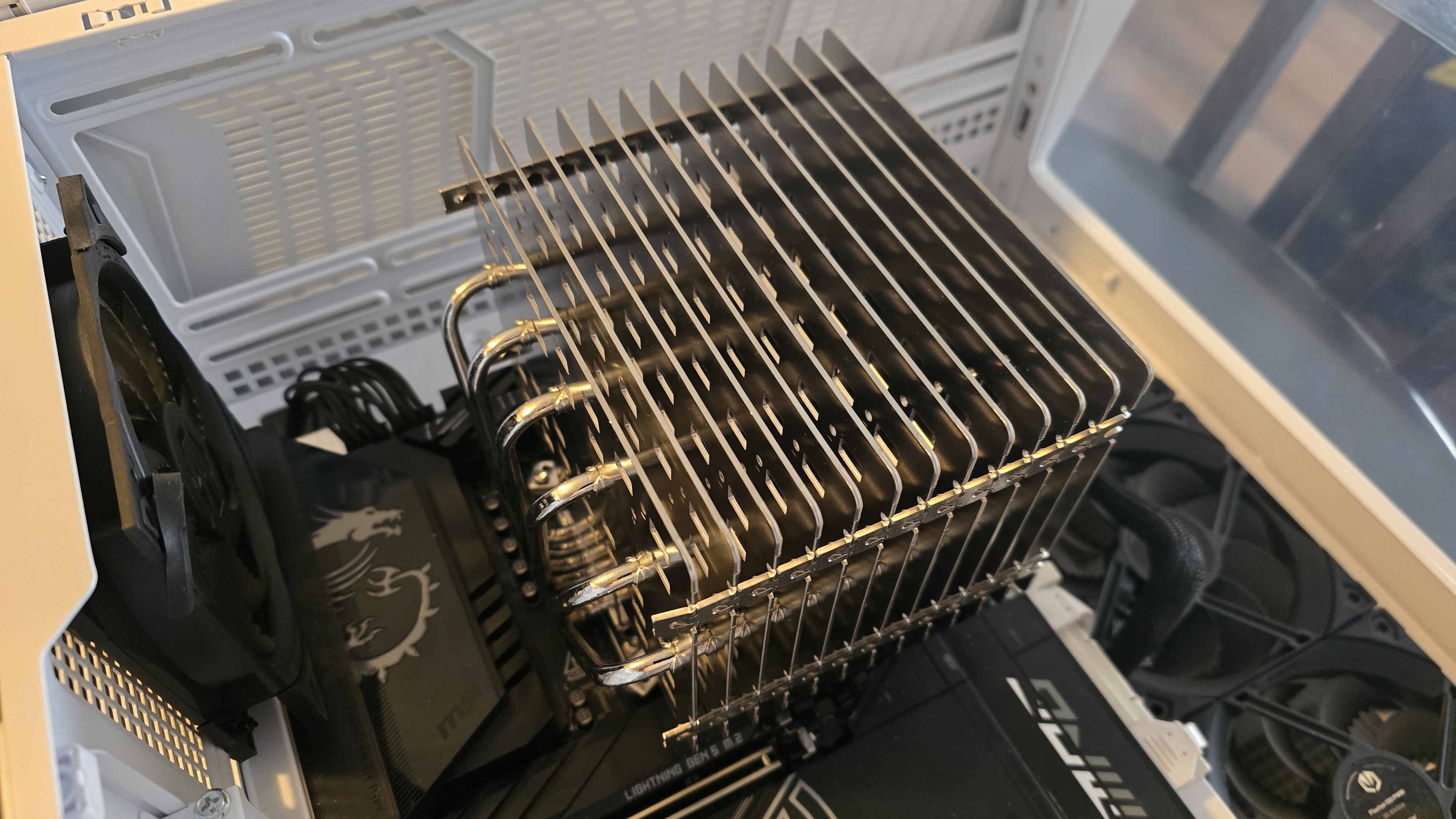
4. Because on AMD systems the cooler can only be installed in one direction, you won’t be able to utilize the first PCI-e slot for a graphics card due to the size of the heatsink. You’ll need to use one of the lower PCI-e slots, if you have one available. This isn’t an issue on Intel systems, where the cooler can be oriented in vertical or horizontal orientation.
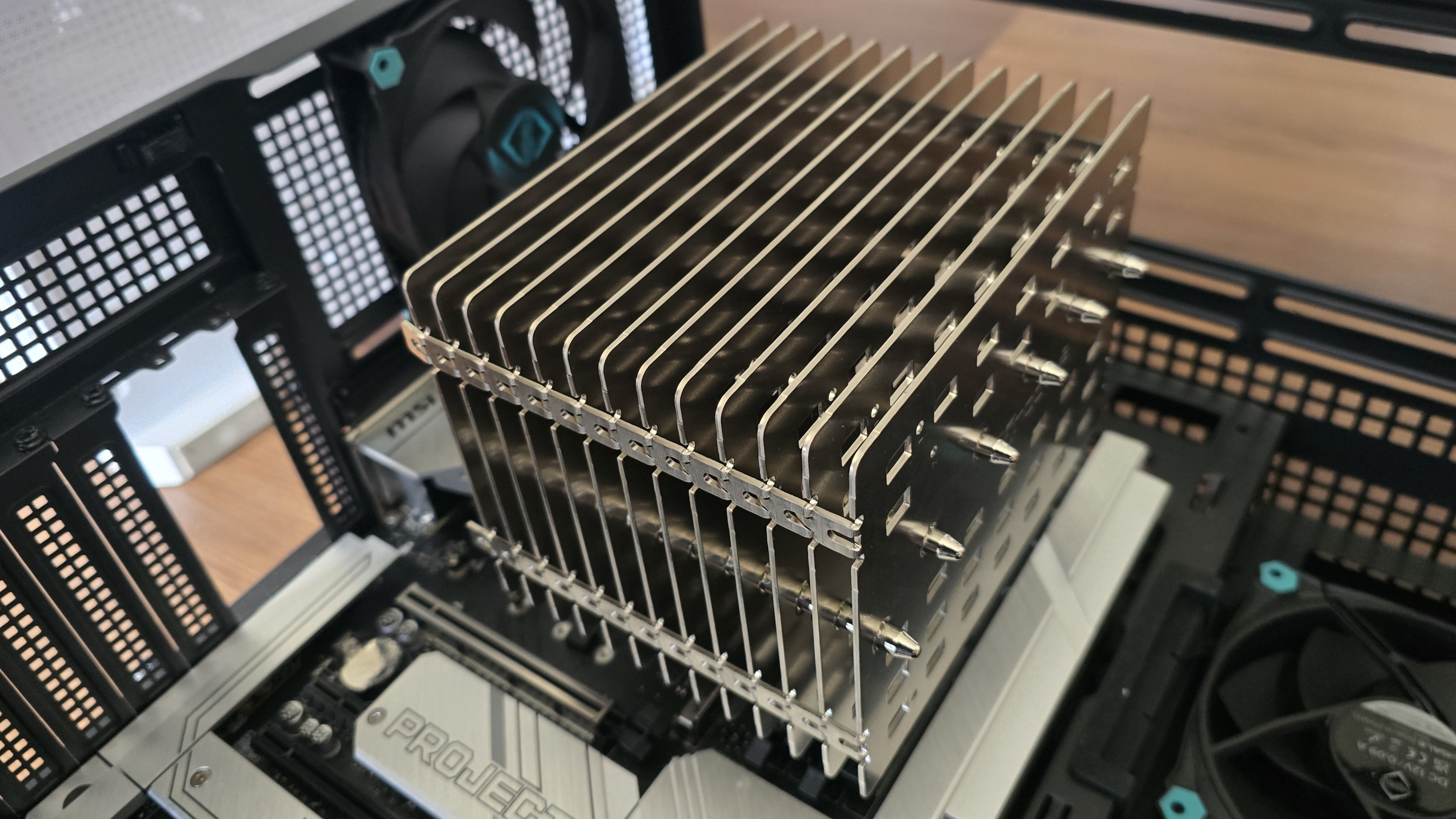

Albert Thomas is a contributor for Tom’s Hardware, primarily covering CPU cooling reviews.
-
bit_user Thanks for the review, Albert! I have yet to go through it in detail, but I didn't see the weight specified. Noctua claims it's 1180 g. This is exactly the same weight as they claim for their NH-D15 G2 (without fans).Reply
https://noctua.at/en/nh-p1/specification -
bill001g I wonder if you can actually run without any fans. In effect it just replaces the cpu cooler fans with the case fans. Case fans tend to be louder just because they are closer to the outside. If it was just in a open air mount with little air flow from say a room fan I wonder how well it cools.Reply -
Albert.Thomas Reply
Most users run this air cooler in an "open" setup, so it kinda balances out ;)bill001g said:I wonder if you can actually run without any fans. In effect it just replaces the cpu cooler fans with the case fans. Case fans tend to be louder just because they are closer to the outside. If it was just in a open air mount with little air flow from say a room fan I wonder how well it cools. -
razor512 They should make a version with a cold plate designed for m.2SSDs, and a fin and heatpipe design designed to shift the cooler over the CPU area, and then they can push a design of a Noctua CLC for the CPU, and a NH-P1 for the SSD.Reply -
bit_user Reply
The M.2 slot has a specified max power dissipation around 12W. Also, it has way less mechanical strength than a CPU slot. So, there are going to be much lower limits on what you can physically fit, and that's not even considering what else is near the slot (i.e. GPUs, other SSDs with coolers, etc.). But, that's okay, since there's also much less need for cooling capacity.razor512 said:They should make a version with a cold plate designed for m.2SSDs, -
DingusDog Reply
I respectfully disagree, case fans can be set on a less aggressive curve maintaining steady rpm while a CPU fan will need to rev up depending on load. Also depends on the brand I'm running 4 Corsair QL140 and 3 QL120 case fans and my AIO pump is still the most (but barely) audible component.bill001g said:I wonder if you can actually run without any fans. In effect it just replaces the cpu cooler fans with the case fans. Case fans tend to be louder just because they are closer to the outside. If it was just in a open air mount with little air flow from say a room fan I wonder how well it cools. -
bit_user Reply
If you want constant or variable fan RPM, that's just a question of how you configure your fan curves, regardless of whether we're talking about a CPU fan or case fans.DingusDog said:I respectfully disagree, case fans can be set on a less aggressive curve maintaining steady rpm while a CPU fan will need to rev up depending on load.
If you're using a passive heatsink with case fans and you don't configure variable RPMs for your case fans, then you risk the CPU hitting its thermal ceiling early.
There's no free lunch, here. -
salgado18 Interesting review, but the only cpu with comparative performance is the AMD. How much performance can I expect from using it? What about a graph of performance over time? I think it feels more like just a quick test than a proper Tom's Hardware review.Reply -
thestryker As interesting as I find this cooler it doesn't really seem to have a place outside of a passive system. I suppose if someone was really sensitive to the pitch of the sound of fans pushing through dense fins that could be a benefit.Reply
